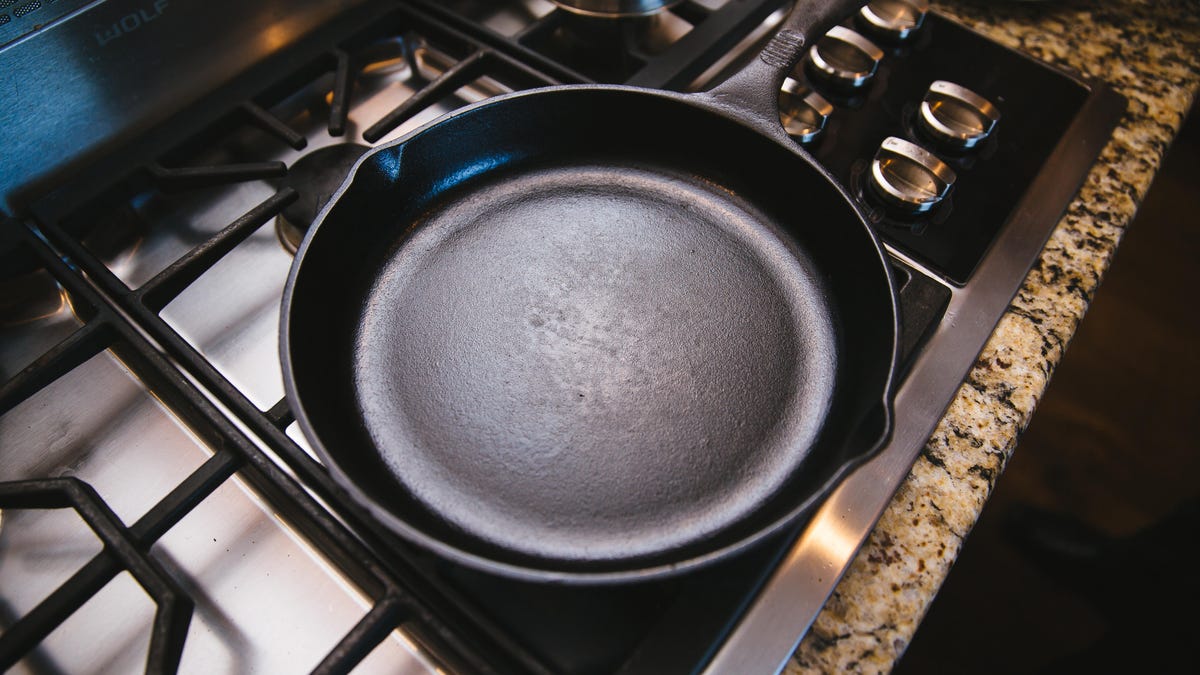For many kitchen professionals, understanding the intricacies of their cooking tools is essential. One such tool that has been a subject of interest recently is the electric skillet. Particularly, knowing how to remove temperature control from electric skillet can be a game-changer, enhancing not only cooking efficiency but also expanding the versatility of this widely used appliance.
Electric skillets have their built-in temperature controls that offer convenience by allowing precise cooking temperatures. However, there are scenarios where you might need to remove or bypass this feature, whether it's for troubleshooting or for custom uses. This article will dive deep into the methods, precautions, and best practices for achieving this without compromising the skillet's integrity.

Why Would You Want to Remove Temperature Control?
The temperature control unit in electric skillets is a double-edged sword. While it provides benefits such as maintaining consistent temperature during cooking, there are occasional limitations. For instance, if the control malfunctions, it can lead to uneven heating or, worse, prevent the skillet from functioning altogether. Moreover, some culinary techniques may gain from directly controlling the heat without automated adjustments.
In situations where the temperature control limits certain cooking methods or when preparing unique recipes, knowing how to remove temperature control from electric skillet becomes incredibly valuable. Below are common reasons you might consider doing so:
- Malfunction or damage to the existing temperature control.
- Customization for specific cooking tasks that require direct heating.
- Enhancing durability by simplifying the electrical components.
Tools Required for Removing Temperature Control
Before attempting to eliminate the temperature control, you must gather the right tools. Below is a list of essential items you will need:
- Phillips Head Screwdriver - for removing screws from the skillet.
- Flathead Screwdriver - useful for prying any plastic tabs.
- Wire Cutters - in case you need to cut wires safely.
- Insulation Tape - to cover exposed wires after the removal.
- Safety Gloves - to protect your hands during the process.
Step-by-Step Guide to Removing Temperature Control
Follow these steps carefully to remove the temperature control from your electric skillet effectively:
Step 1: Unplug and Prepare
First and foremost, ensure that your electric skillet is unplugged. This avoids any risk of electrical shock. Lay the skillet on a stable surface and make sure that you have adequate lighting to see clearly during the process.
Step 2: Remove the Base Cover
Using the Phillips head screwdriver, carefully remove the screws from the bottom of the skillet. Store these screws in a safe place for reassembly. Once unscrewed, lift the base cover to expose the internal components.
Step 3: Identify the Temperature Control Unit
Locate the temperature control unit, which is typically attached to the power cord. It consists of a small circuit board and several wired connections. Be cautious at this stage, as these wires are essential to the skillet's functionality.
Step 4: Detach the Wires
With the flathead screwdriver, gently pry open any clips securing the temperature control. Use the wire cutters if necessary, but ensure that you leave enough length on the wires for safety. Strip the ends of the wires if you had to cut them.
Step 5: Insulate Exposed Wires
Once the temperature control unit is removed, you will have exposed wire ends. Use insulation tape to cover these exposed wires to ensure no short circuits occur. This is crucial for maintaining the safety and functionality of your skillet.
Step 6: Reattach Base Cover
Put the base cover back on and secure it with the screws you previously removed. Make sure its tight and secure, ensuring that all components are safely enclosed.
Safety Precautions to Keep in Mind
Removing the temperature control is not without risks, and it's vital to follow safety precautions:
- Always ensure the skillet is unplugged before beginning any modifications.
- Use insulated tools to avoid electrical shocks.
- Handle all components carefully, as any damage can cause safety hazards.
What to Do After Removal?
Once youve successfully removed the temperature control, testing your skillet regularly is crucial. You may now have to rely on external heat sources for temperature assessment. Remember, without a temperature control unit, your cooking methods may need some adjustment. For example, you can effectively gauge heat by using a pan thermometer or by utilizing water drop tests.
Common Issues and Troubleshooting
Even with careful handling, some issues may arise post-modification. Here are a few common problems:
- The skillet fails to heat up: Check the connections for any loose wires.
- Uneven heating: Ensure the heating element is properly situated and securely attached.
- The skillet overheats: Use external methods to assess the heat and adjust accordingly.
Can I Reconnect Temperature Control Later?
If you ever need to reconnect the temperature control, the bolts and connections you undid should be easy to reverse. Its advisable to keep the removed parts secure for future use, should the need arise.
Conclusion
Knowing how to remove temperature control from electric skillet offers kitchen professionals flexibility in their cooking process. By following safe practices and understanding the underlying mechanics, you can customize your electric skillet effectively. Embrace this knowledge to create culinary masterpieces without being limited by built-in features.

FAQs
1. Is it safe to use an electric skillet without temperature control?
Yes, but ensure you have appropriate methods for monitoring heat manually.
2. Can I reconnect the temperature control after removal?
Yes, as long as you saved the parts and follow the original connections.
3. Are there any risks associated with removing the temperature control?
Risks include electrical shock or damaging the skillet, so proceed with caution.
As an Amazon Associate, I earn from qualifying purchases.






Leave a comment
This site is protected by hCaptcha and the hCaptcha Privacy Policy and Terms of Service apply.